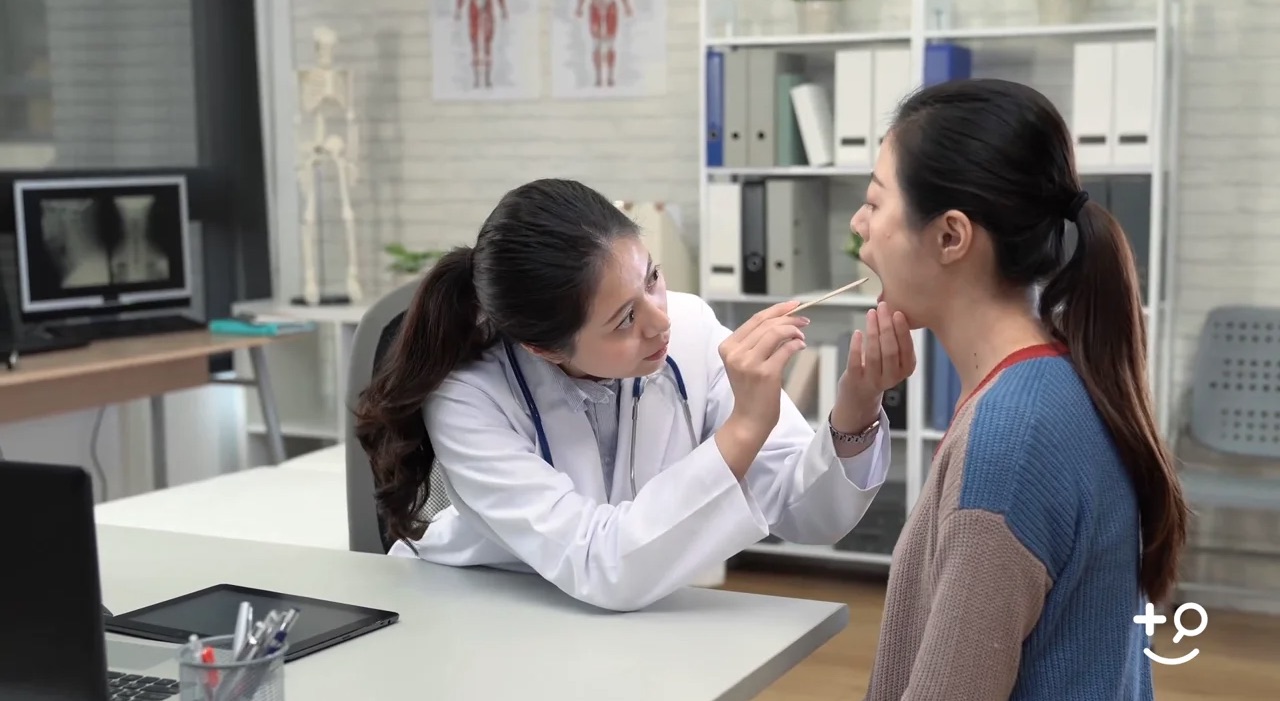Q: I have a hoarse voice. What can cause hoarseness?
A: There are many causes of hoarseness. One of the most common is vocal fold nodules. Nodules are benign growths on the vocal folds that are usually caused by vocal abuse and overuse. Polyps, cysts, granulomas, reflux disease, vocal fold paralysis, aging, neurological disorders such as Parkinson’s and even cancer can also cause hoarseness.
Q: How do I find out what is causing my hoarseness?
A: You should be evaluated by an ENT physician who has specialized in assessing and treating disorders of the larynx. A thorough case history, coupled with a complete physical examination of the head and neck, should be scheduled. A special tool called a digital video-stroboscopy allows for high-power magnification of the voice box. The image of the vocal cord is slowed down so that even minute imperfections can be visualized.
Q: What can I do to improve the sound of my voice?
A: There are many types of treatment for voice disorders. A small percentage of patients require surgery. The majority of patients are treated with voice therapy, which is conducted by a licensed and certified Speech-Language Pathologist who has specialized in evaluating voice disorders. Professional voice users such as singers should see a voice specialist who has also had training in classical singing technique.
Q: What does voice therapy consist of?
A: Voice therapy combines vocal hygiene, modification of vocal use, relaxation and exercises to re-establish normal muscle balance for voice production. All voice habits that are abusive need to be identified and eliminated. Total speaking time during the day may need to be modified. There must be adequate breath support to maintain an appropriate vocal sound. All elements of tension need to be reduced.
Q: You mentioned surgery. What is involved?
A: Removal of benign growths such as polyps, nodules and cysts is performed under general anesthesia, using a high-powered microscope to perform a specialized technique of microflap surgery. This technique allows removal of the diseased tissue while maximally sparing normal, healthy vocal fold tissue. Operations typically last 10-15 minutes, with minimal post-operative discomfort. The most difficult part of the treatment is the one-week of voice rest following the surgery. Lasers can be used to remove cancers and tumors. Surgery for vocal fold paralysis involves moving the paralyzed vocal fold toward the middle of the voice box, which reduces breathiness and strengthens vocal sound and can minimize aspiration.
Q: In addition to having some voice difficulties, I also have trouble swallowing. Is this related?
A: Since speaking and swallowing share similar anatomy and physiology, disorders of the voice can also be related to disorders of swallowing.
Q: What are some common symptoms of a swallowing disorder?
Common signs and symptoms associated with swallowing difficulty may include coughing or choking during or after meals, sensation of food being stuck in the throat, constant throat clearing, regurgitation, pain during swallowing, food or liquids leaking from the mouth or being left in the mouth after a meal, and wet, gurgly vocal quality.
Q: What are some problems associated with dysphagia?
A: Dysphagia can be serious. Someone who cannot swallow well may not be able to eat enough of the right foods to maintain an ideal weight and stay healthy. Sometimes, dysphagia results in foods or liquids “going down the wrong pipe” and entering the lungs creating an opportunity for harmful bacteria to grow. A serious infection, such as aspiration pneumonia, may result.
Q: What causes dysphagia?
A: Swallowing problems are associated with many disorders and conditions, including neurological diseases (stroke, Parkinson’s, Multiple Sclerosis, Lou Gherig’s Disease), dementia, pockets or strictures, head and/or neck cancer and reflux into the esophagus and throat.
Q: How are swallowing problems diagnosed?
A: There are two instrumental studies that allow the swallowing mechanism to be visualized. A fiberoptic endoscopic evaluation of swallowing with sensory testing (FEESST), involves passing a lighted tube through the nose to the back of the throat to examine both the sensory and motor components of the swallow. A modified barium swallow study (MBS) is a radiographic examination. Liquids and solids of varying consistencies, combined with barium, are observed as they move from the mouth through the throat to the top of the esophagus. In addition, Transnasal Esophagoscopy (TNE) allows for direct visualization of the esophagus under topical anesthesia with minimal discomfort in the office setting.
Q: Are there any treatments available for swallowing disorders?
A: Once the cause of the dysphagia is identified, swallowing exercises, compensatory/postural strategies, diet modification, neuromuscular electrical stimulation, surgery or medication may help. The Institute is the first in Westchester County to offer neuromuscular electrical stimulation, which uses small electrical currents to stimulate the muscles responsible for swallowing.
 Back to Blog Homepage
Back to Blog Homepage
